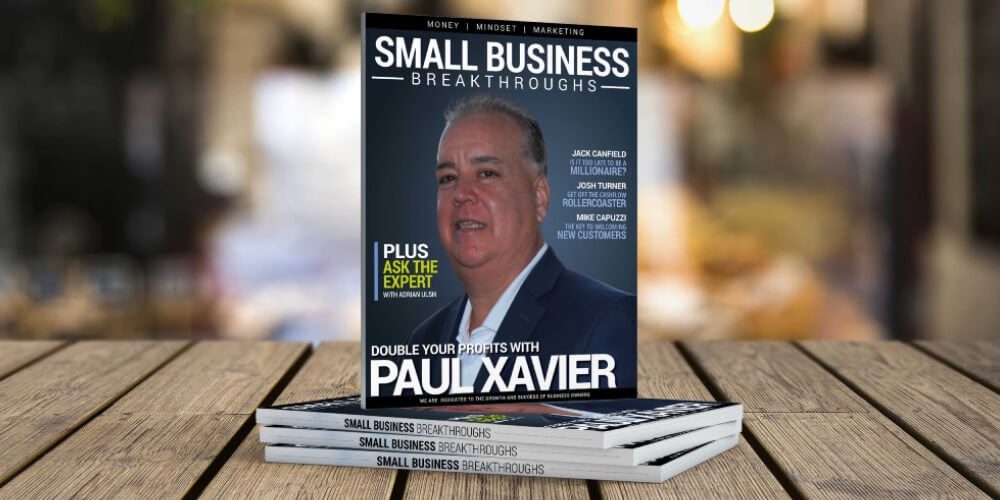The simple answer to the seemingly complex question of “Who needs a business advisor?” is everyone responsible for operating a business. That’s right, the Fortune 50 CEO to the one- person show needs an advisor.
The CEO of a public company has mentors as well as a board of directors to turn to. They often don’t have a choice of who their advisors are but small business owners do. Unfortunately, with this choice of advisors comes another choice that is often made instead. That choice is to not get any help at all.
Not getting any help at all is very often the cause of the business failure statistics we hear so much about. The small business owner will often claim that they don’t have the time or money for an advisor. Think about that comment. How can you not have the money to get help from someone that can potentially save or make you more money since you obviously are not getting it done on your own? Or how about that time you are lacking? Maybe if that owner sat down for an hour with an advisor, they would be able to see why they don’t have time and do something about it with the help of someone who has already been in those shoes.
A coach or advisor gives to small business owners something most of them don’t have; a sounding board and a board of directors to turn to for advice. These are two great resources to use when trying to avoid trial and error decisions and processes.
I’m not knocking trial and error as the way to learn things. I’ve personally used that method and did well in many cases. But that is a case-by-case basis, not for on-going daily concerns. Don’t forget that this method is also very costly and time consuming. Why not ask someone who has probably already faced the problem?
What many business owners do not realize is that they rarely go through any trials and tribulations that someone else has never dealt with. Not to mention that about 70-75% of their business is the same as every other business including HR, finances, sales, marketing, and funding. The other 25-30% is industry specific.
Small to mid-sized business owners take away much more from an advisor than big businesses. This, if for no other reason, is the case because the smaller companies have owners that wear a lot of hats. Many of those hats take time away from the things the owner actually needs to make a priority to see their company succeed. Things they should be doing that they don’t have time to get to or things they are taking care of that they have no experience in doing. These situations take away from them doing what they do best. That’s a problem.
The question now is how to find an advisor. There are many types of business advisors out there. Some are purely coaches and others are true developers and implementers that will roll up their sleeves with you when asked to. It’s up to you to pick the type of person you want or need. Here are a few things to think about:
- Do they click with your personality? There are many good advisors out there but if they don’t click with you as a business friend, don’t bother with them because you will end up fighting them even when you agree on the
- Have they owned a small business before? Gray hair does not equal business ownership knowledge. I promise you that the ex-CEO or Senior manager from a huge company knows very little about successfully operating a small These are two significantly different worlds.
- Don’t worry if a potential advisor doesn’t know your specific Remember that a lot of your troubles have nothing to do with your industry. It would help though if the advisor had contacts/resources for you in your industry for when specific problems are addressed.
Once you made the very intelligent decision of getting help in making your business a success, keep a few things in mind. You should really commit to working with your advisor for a good 6 months. Nothing gets fixed overnight. Also, since you are paying for it, please do yourself a favor and be open to suggestions, bring important things to your advisor for help in deciding and make the use of your time with the advisor a priority. Don’t forget that an advisor or coach should never decide for you. It’s your company, they are there to make suggestions and guide you.
Working with an advisor can be a very enlightening experience. You will start to see the forest from the trees and not feel like you are the only person on the planet going through tough times as a business owner.
All business owners eventually need help. The successful ones put aside their pride and desire to be at the center of all aspects of the company and get the help. Do yourself and your company a favor and be one of the truly successful business owners. Get an advisor and get all you can out of them. If your advisor loves what he/she does for a living as such as you love what you do, you can’t go wrong.




